You are here
Excavation of the graveyard at La Ciotat : 1581-1831
Prior to the construction of a social housing project including a square bordered by a pedestrian street, Inrap archaeologists are excavating, curated by the State (Regional Archaeological Service, DRAC Provence-Alpes-Cote-d’Azur) the parish graveyard of La Ciotat situated in the historical centre of the town, a zone archaeologically relevant for the modern epoch (1492-1789).
During medieval times La Ciotat was no more than a fishermen’s village of scarcely two hundred souls, huddled around the parish Church.
The population explosion of a fishermen’s village
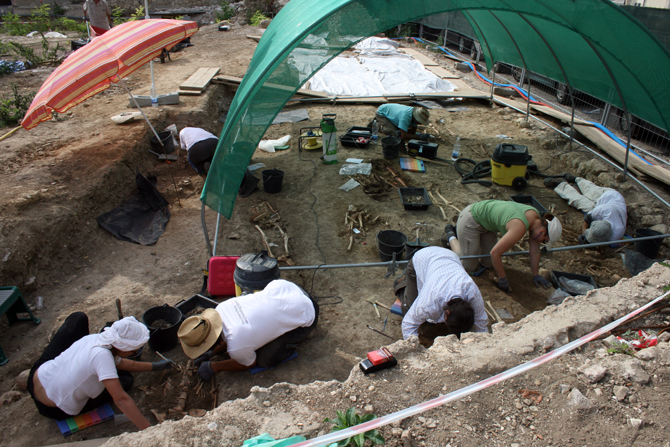
More than a thousand graves
For the first time on a national level we have here the possibility of carrying out an archaeological exploration of the totality of a well conserved parish graveyard dating from modern times. In fact, apart from some cemeteries created in times of crisis, linked, for example to certain episodes of the plague, no complete cemetery has yet been excavated in Provence.
Even though in modern times historians have widely studied the phenomenon of death, archaeologists and anthropologists bring their own specific methods to this study (paleo-demography, paleo-pathology, funerary anthropology …).
Studying funerary practices
The density of the graves in urban centres of this period, corresponds to a complex equation – how to contain a maximum of individuals in a minimum space – shows here a quantity of gestures informing us on the way the living disposed of their dead.
Written archives and "archives from the earth"
The fact that parish registers have been kept since 1575 enables the comparison between the written archives and what may be called the "archives of the earth". These registers show the evolution of the social status of those buried in this cemetery: first of all, the poorest, the bourgeois and the notables preferring to be buried inside the religious buildings. In the 18th century, with the emergence of the movement for improved hygiene, burial in a cemetery became the rule. Will Archaeology confirm this rule or not and will it fix the date?
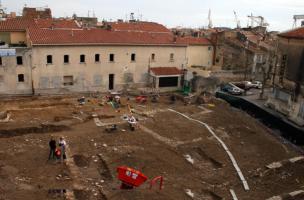
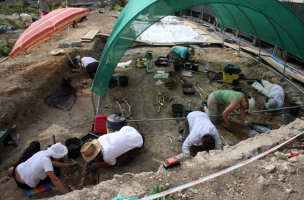
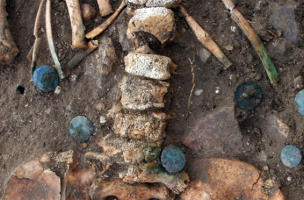
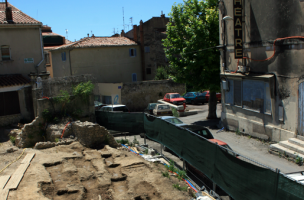
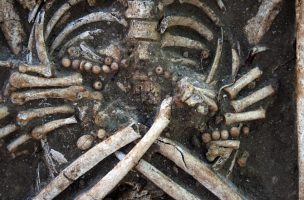

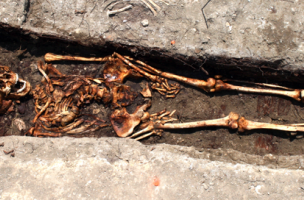
Mahaut Tyrrell
Media communication
Inrap, media partnerships and relations department
+33 (0)1 40 08 80 24
mahaut.tyrrell [at] inrap.fr
Catherine Dureuil
chargée du développement culturel et de la communication
Inrap Méditerranée
06 87 01 62 86 - catherine.dureuil [at] inrap.fr

